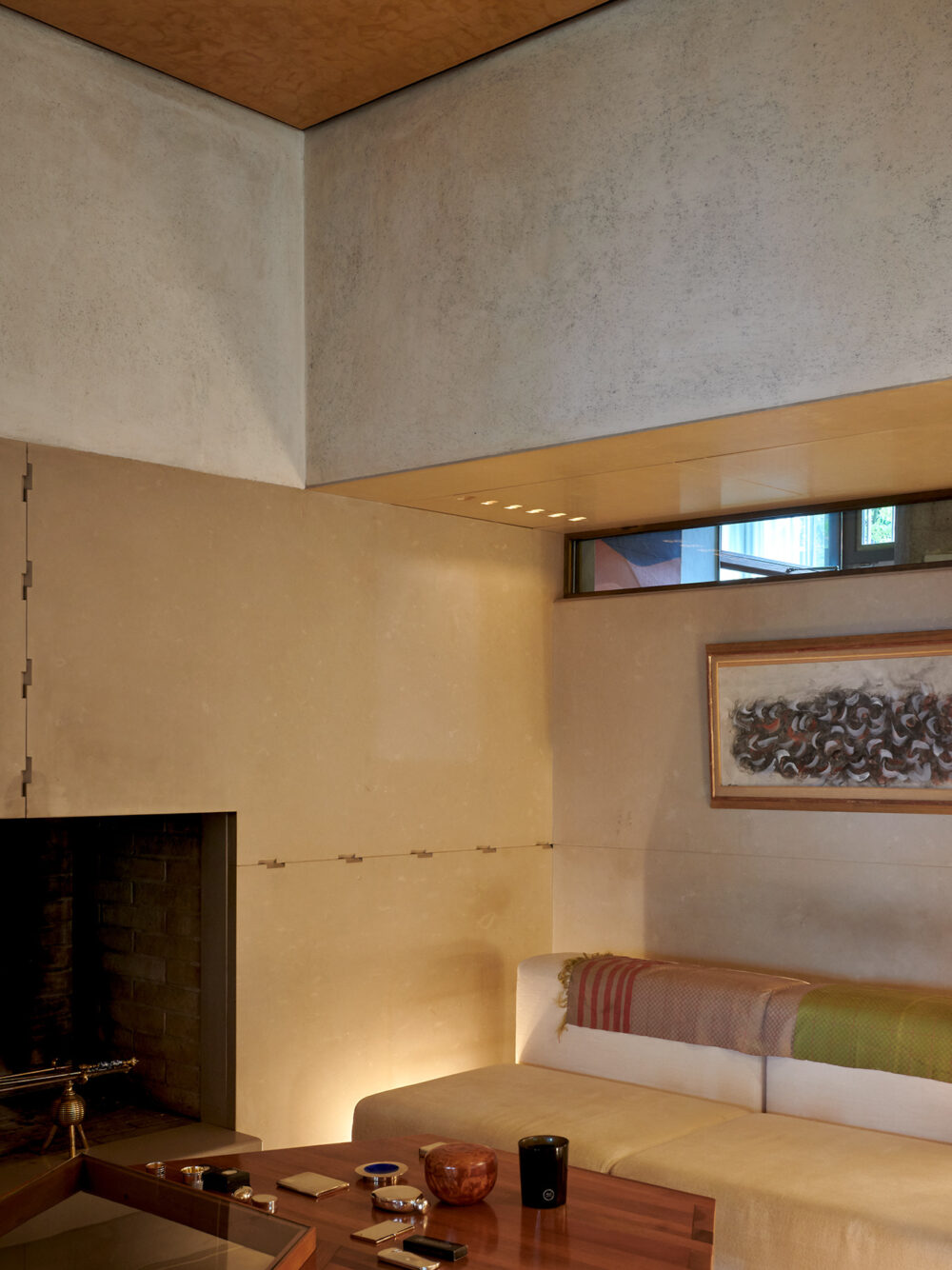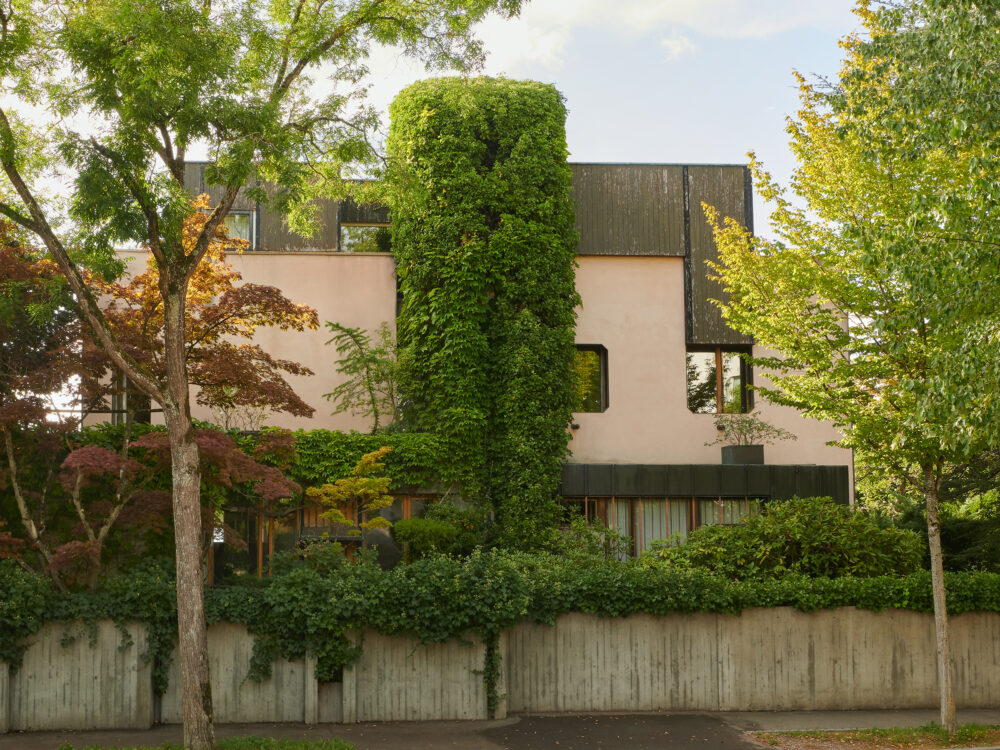
Carlo Scarpa
Monocle Magazine
A spectacular hillside retreat in Zürich has some equally intriguing tales behind it - not least that of its architect, Carlo Scarpa. In the 1960s the Italian maestro brought his unique brand of modernism to Switzerland, achieving a striking balance of elegance and practicality with this tactile and spacious family home. We take a peck inside.
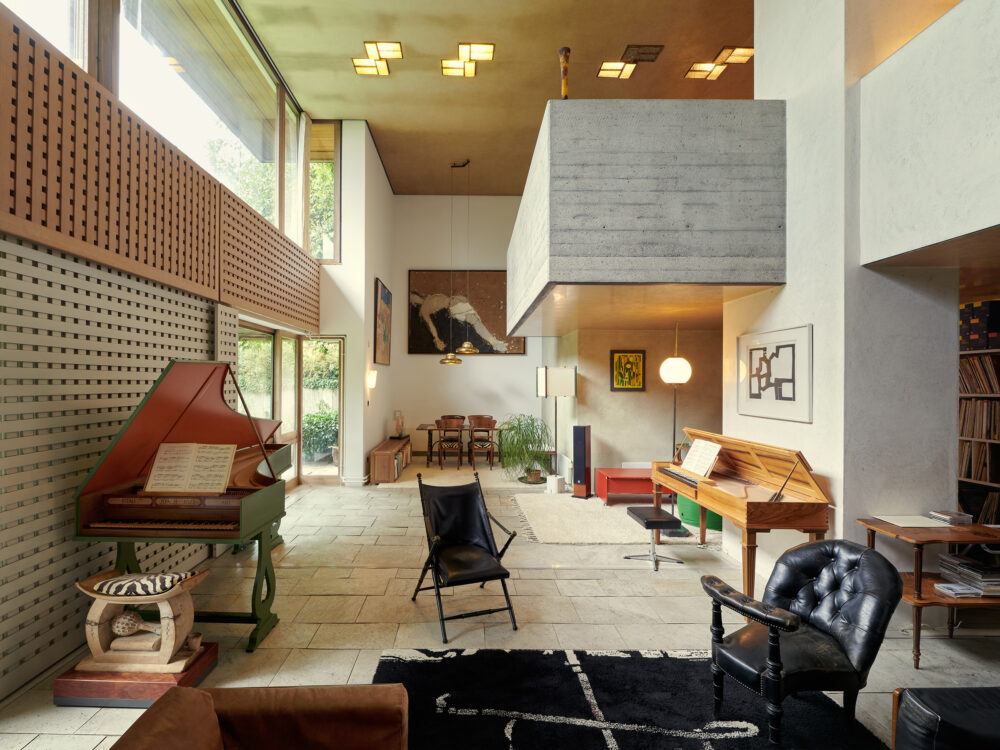
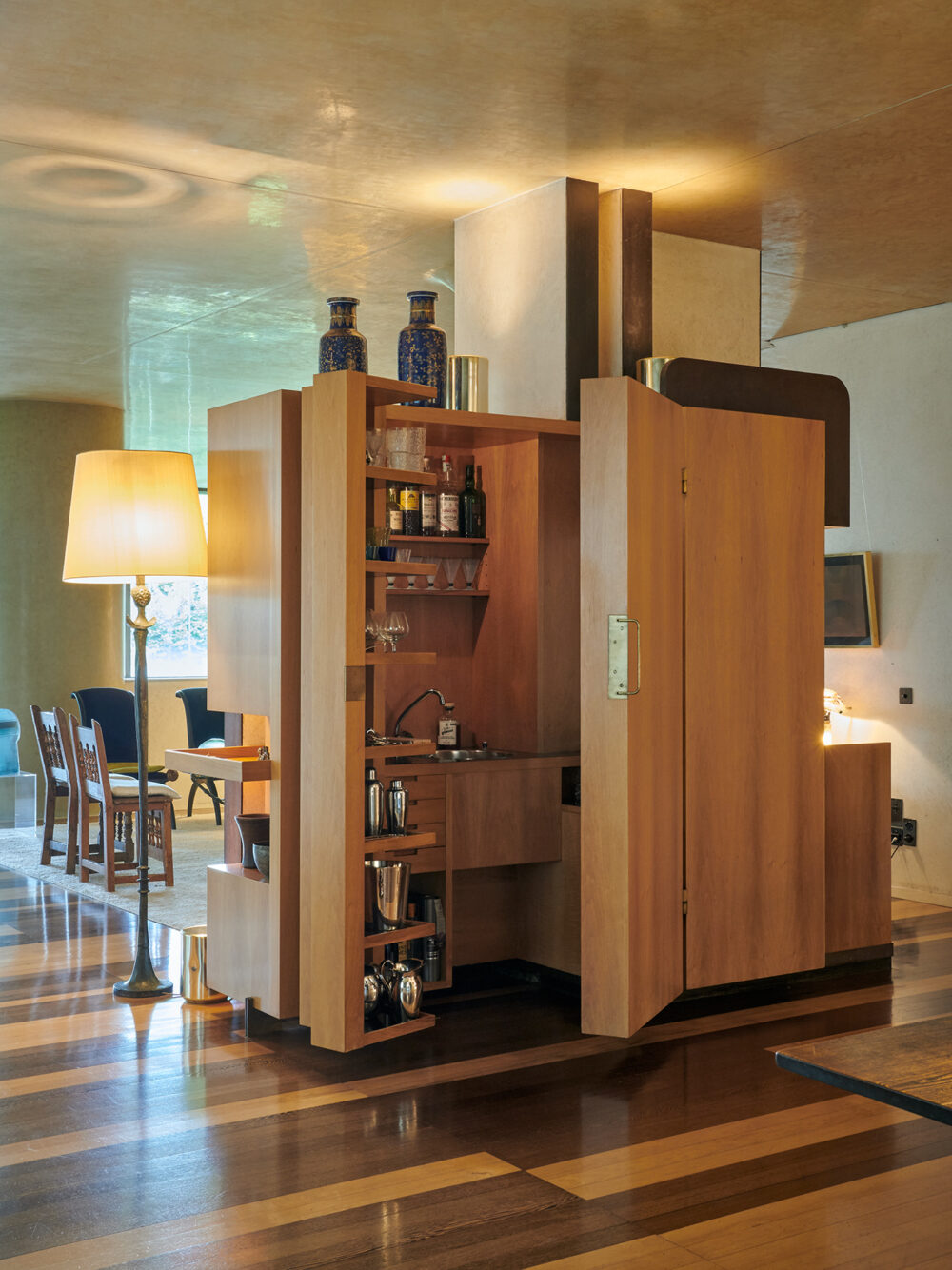
The tales that Edoardo Zentner, owner of this expansive mid-century residence in Zürich, tells about its architect, Carlo Scarpa, are as elaborate and charming as the home's design. Yet the story of the property, commissioned by Zentner's late parents from the maestro Venetian designer in 1963, is also steeped in tragedy.
Zentner's mother, Savina, was formerly married to Scarpa's mentee and collaborator Angelo Masieri. On a trip to the US to meet master architect Frank Lloyd Wright, Masieri's life was cut short in a car accident; he was only 32. A decade on and now married to a Swiss man, René Zentner, Savina called on her old friend Scarpa and asked him to design a residence that would bring a touch of Bel Paese modernism to a hillside above Zürich.
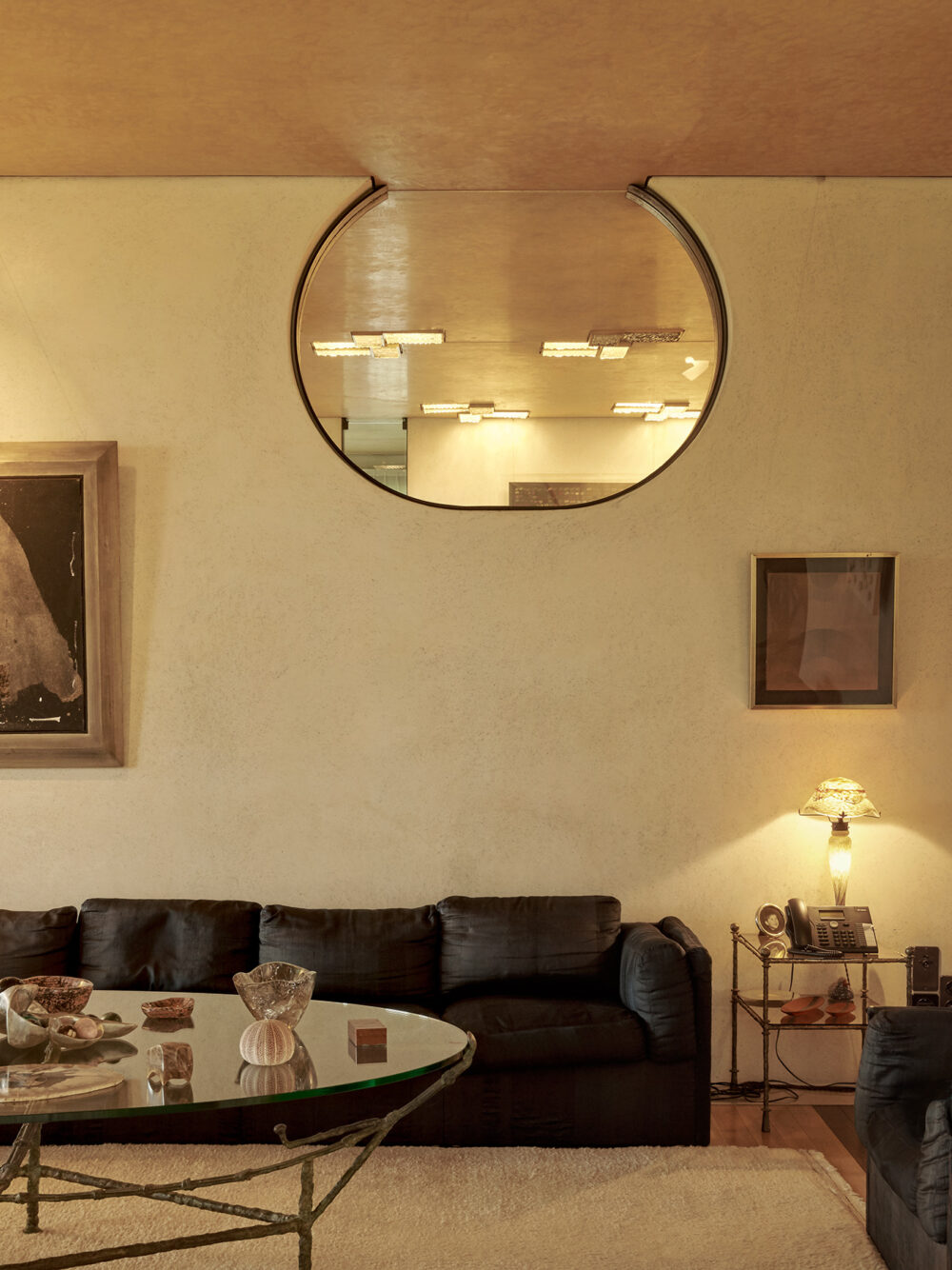
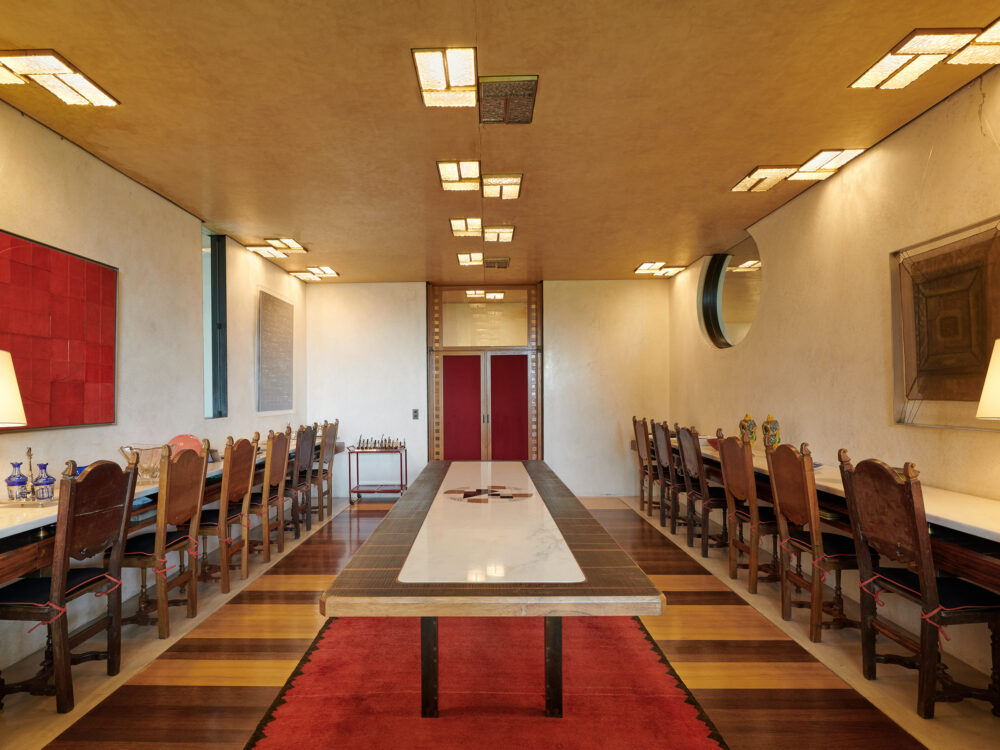
"The first time I met Scarpa, I was small enough to crawl onto his knees," says Edoardo Zentner of the pioneering architect, who remained a friend of his mother until his death in 1978. A true eccentric who lived a frugal and sometimes penniless existence, Scarpa tested this friendship during the creative process of forming the voluminous multiple-storey residence. "Scarpa finished the house because of the friendship he had with my mother and the strength of my father," says Zentner, recalling how his dad flew out to Japan, the only place Scarpa was famous at the time (and a place that inspired him), to force him to fly back to Europe to complete the job.
It's a good thing that Scarpa got on that plane. Alongside a collection of built works in Venice, today beloved and frequently referenced by architects, this residence is a pristinely maintained masterwork. Scarpa's only completed project beyond Italy, the Zentner home triumphantly combines quality materials and daring form. The latter is exemplified via a series of cascading internal open-plan spaces that tier down the sloped site and out onto its rear garden.
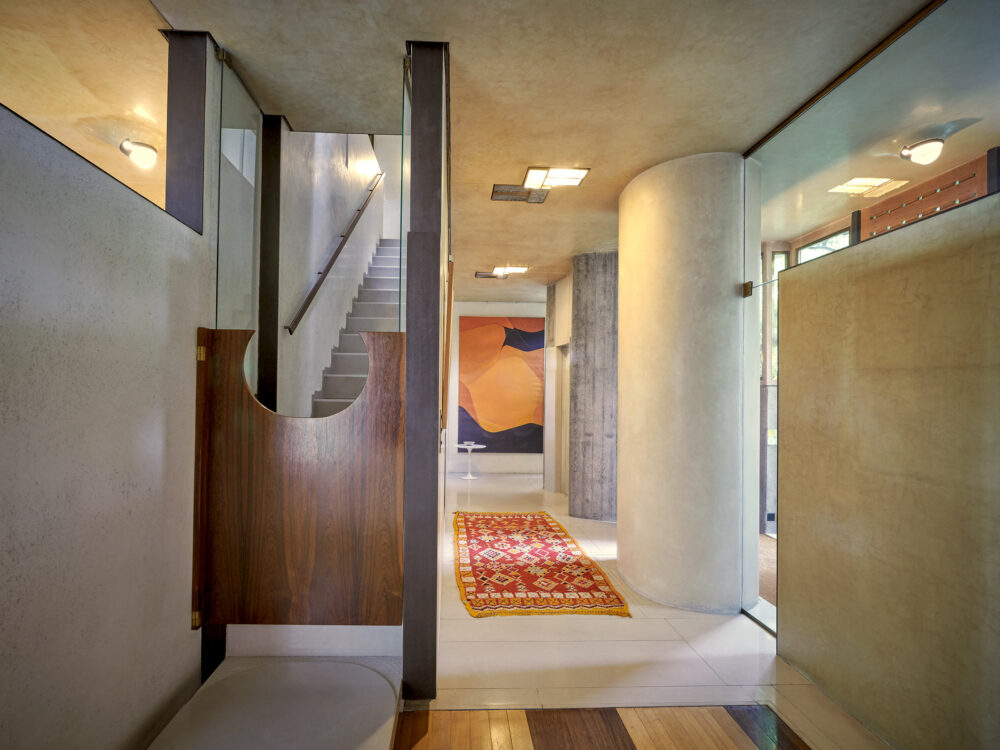
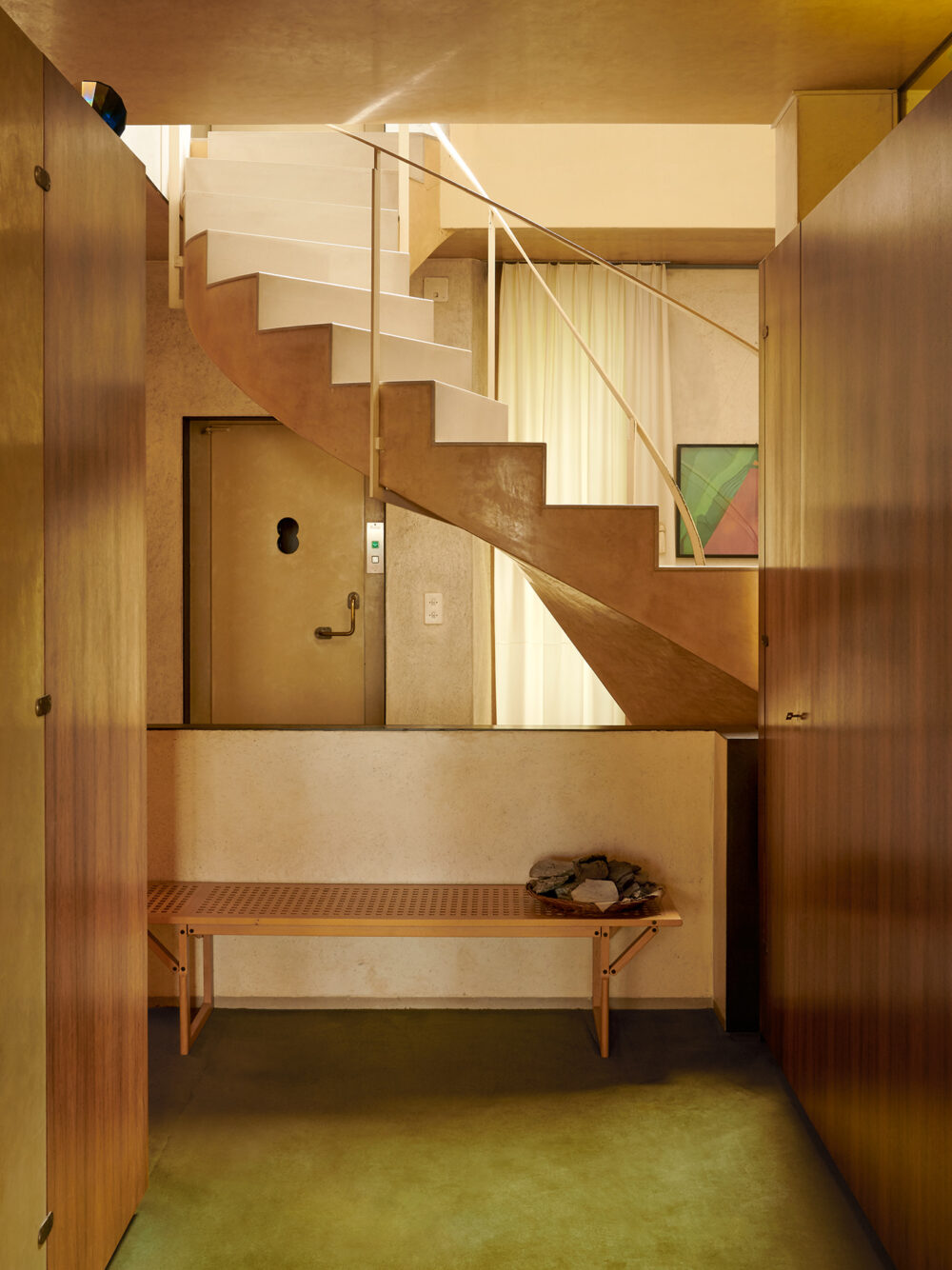
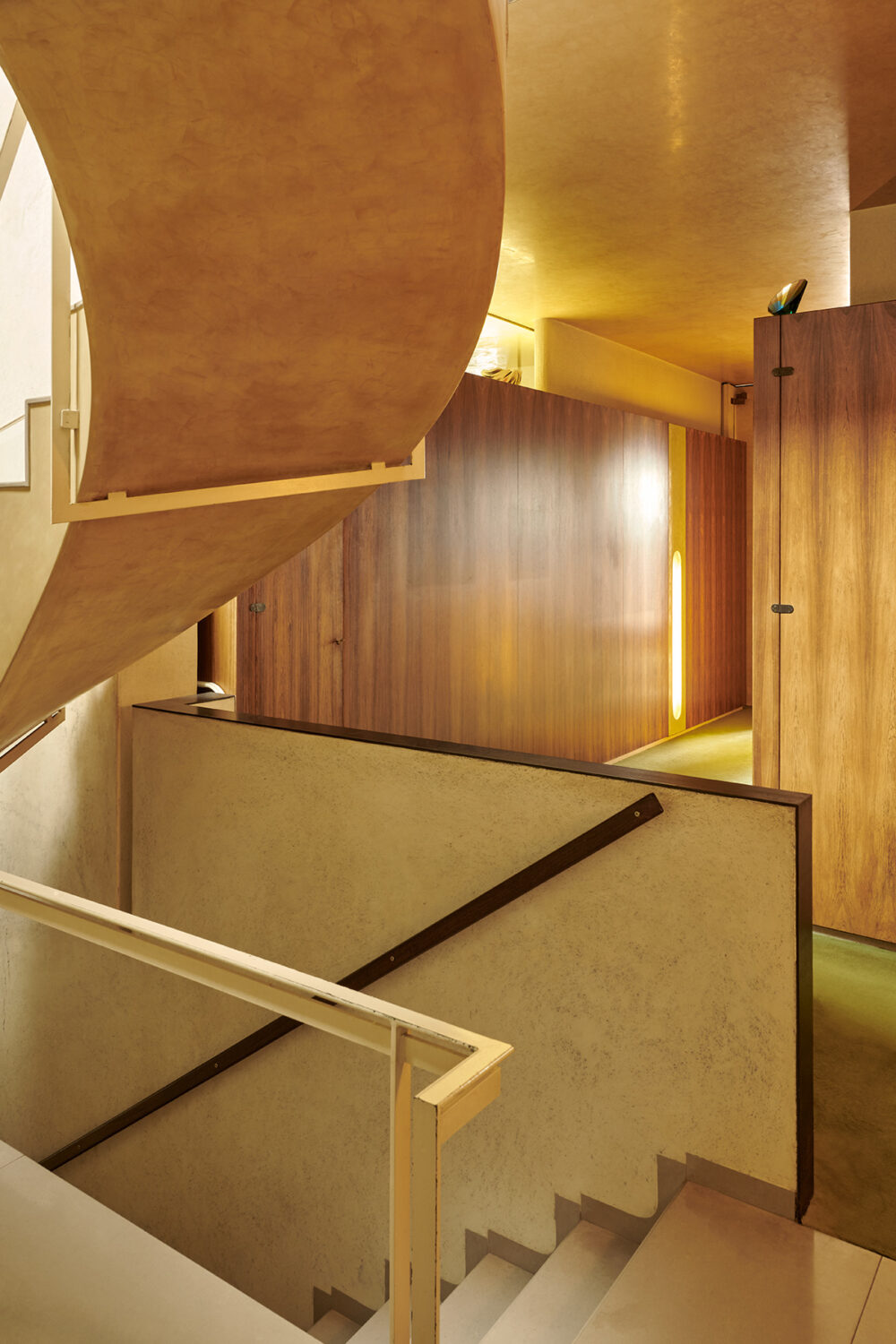
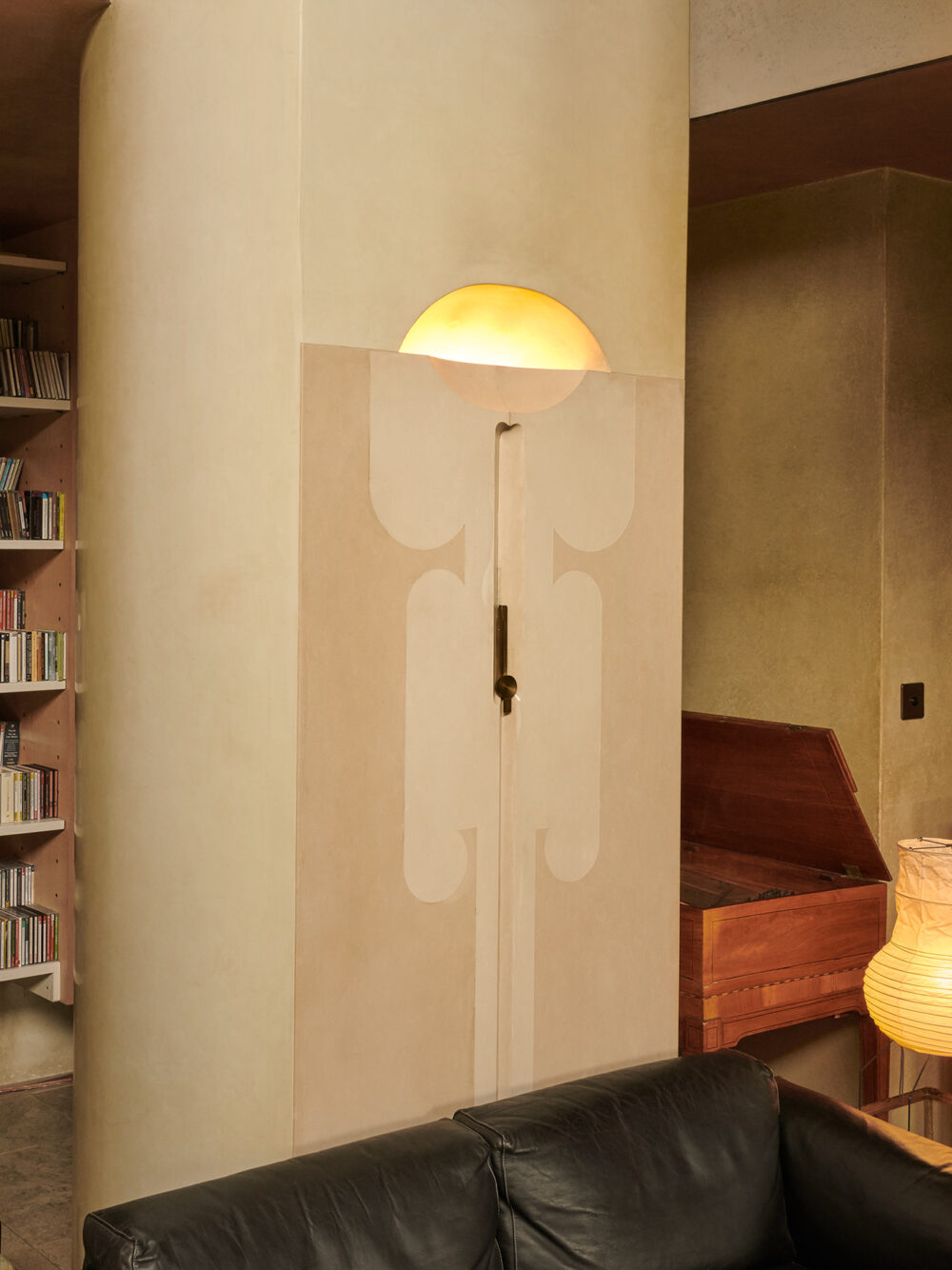
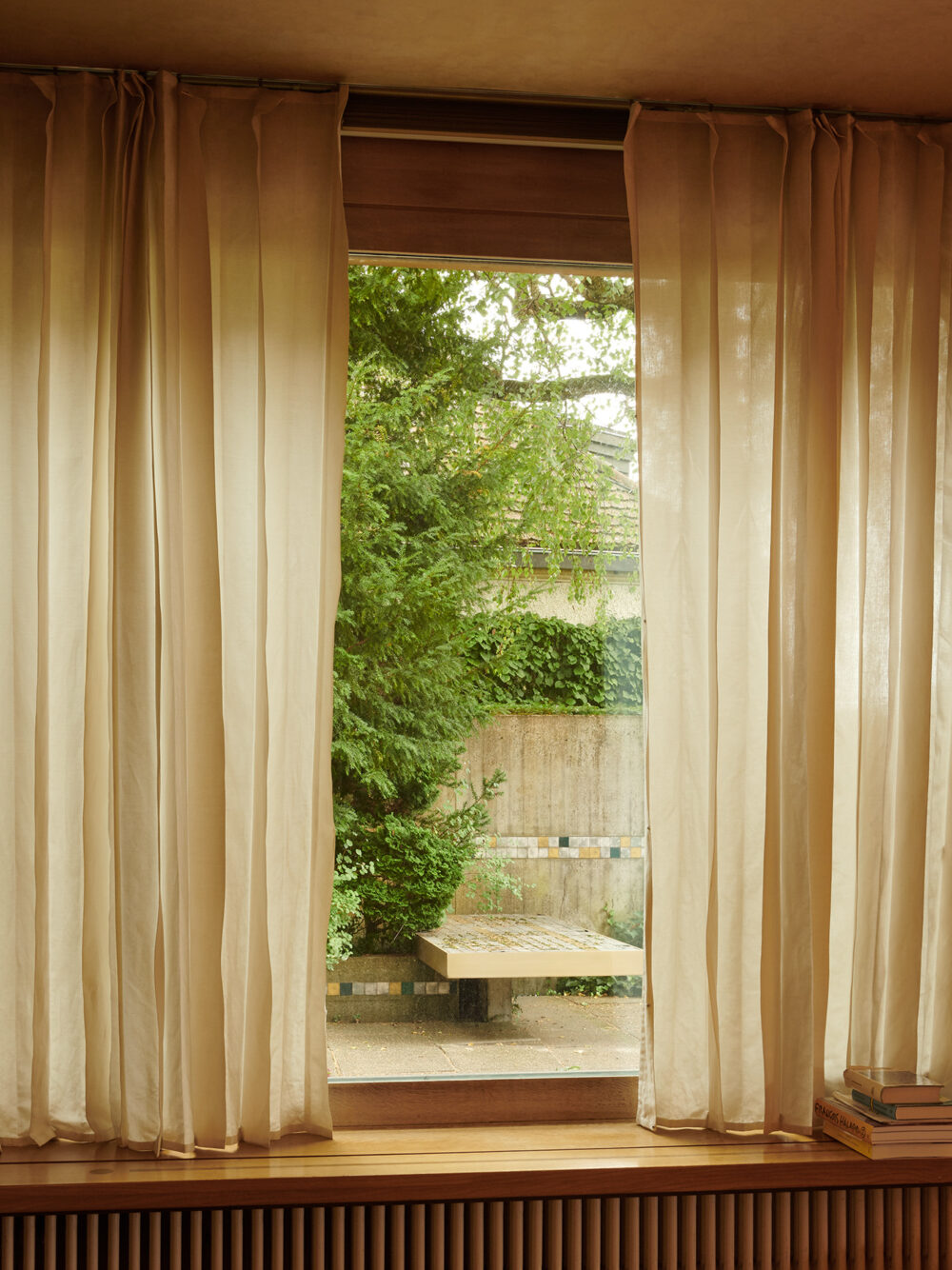
From the sun-drenched, quartz-tiled summer living room the bottom step in this waterfall of concrete, stucco and timber - Zentner explains how the home was ahead of its time. "This opening to the garden was revolutionary back then," he says, pointing to the timber-framed windows and matching pergola on the lawn beyond. While this appreciation of nature recalls the touch of Alvar Aalto, comparisons to other modernists stop there. With its internal balconies and soaring cylindrical chimneys between walls and stair-cases, the home has the hallmarks of a scaled-up cuboid sculpture. Yet a sense of domestic intimacy prevails.
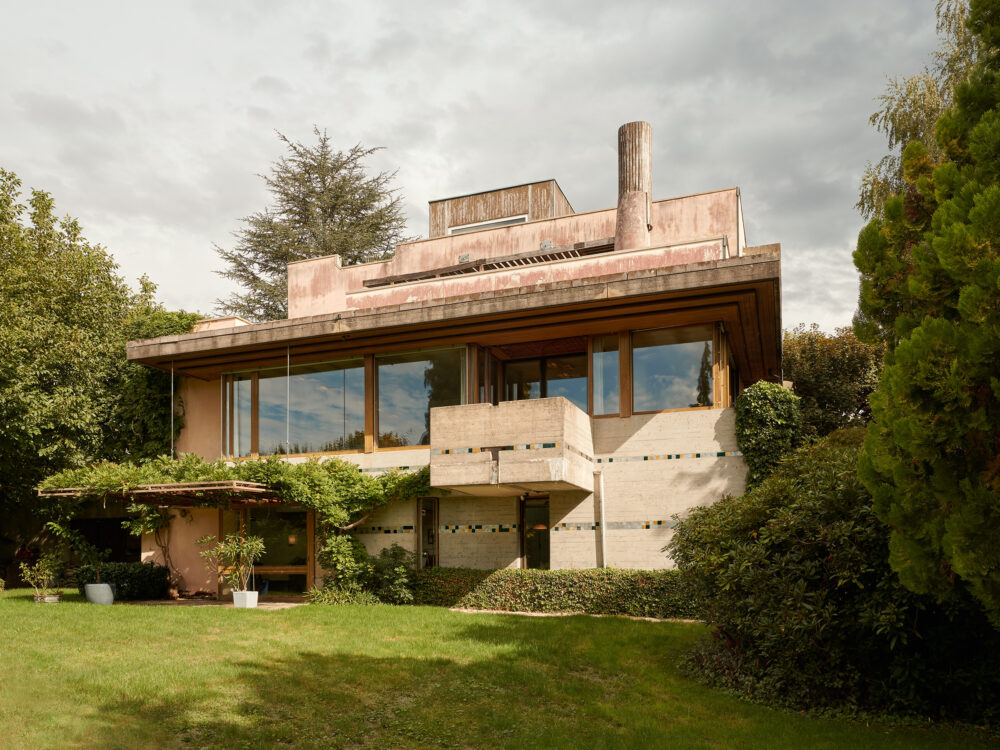
That feeling is something that Zentner struggles to explain. "I could never tell you how the mind of an architect works, especially Carlo Scarpa's," he says. "However, it's perhaps not too dissimilar to the work of a great composer. With music there are existing rules but there are also opportunities to write new rules - as long as they fit. Here there are walls and spaces, like there are in every other home, but the way that they've been ordered to achieve certain functions is fascinating.“
Writer: Nolan Giles
